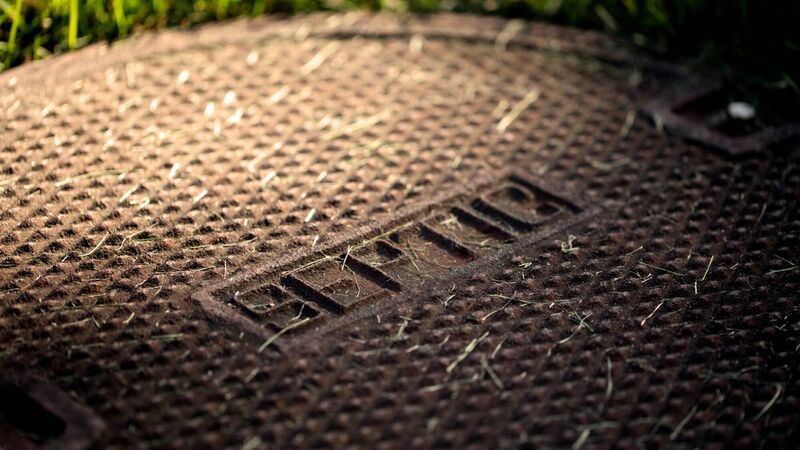Quarter of septic tanks inspected pose risk to human health or environment

There are nearly 500,000 septic tank systems in Ireland, which are used predominantly by rural householders in order to treat sewage.
More than half of Irish septic tanks failed inspection last year, while almost a quarter of those inspected posed a risk to human health or the environment, according to the Environmental Protection Agency (EPA).
There are nearly 500,000 such septic tank systems in Ireland, which are used predominantly by rural householders in order to treat sewage.










